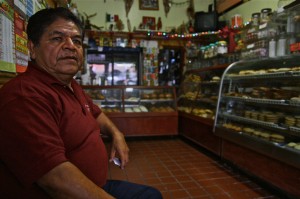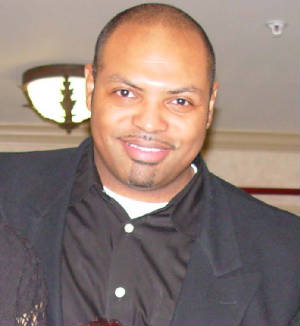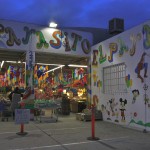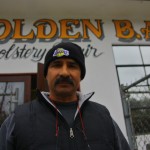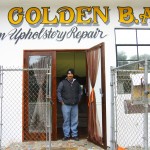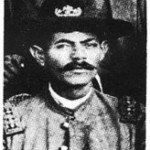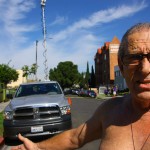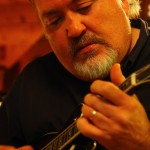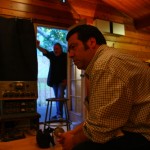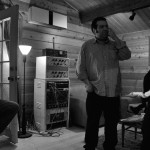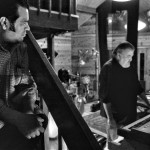
Virgin, West Side Verdugo
There’s a story in Friday’s Whittier Daily News that says a lot about how Latino street gangs in Southern California have changed, and turned on themselves.
The reason is the Mexican Mafia, the prison gang that has controlled street gangs for most of two decades.
In the story, a gang member killed a friend who’d been going around collecting taxes from area drug dealers in the name of the Mexican Mafia, when he wasn’t designated to do so.
The story doesn’t say how good of friends these guys were, but there were many years when Latino street gangs would never kill one of their own like this.
The Mexican Mafia’s taxation scheme — ordering Latino street gangs to tax drug dealers in neighborhoods and kicking up the money to MM members in prison and their associates — changed that. These kinds of killings mark a huge, though quiet shift in Southern California gang culture.
I wrote a story several years ago about the Dead Presidents case in the West Side Verdugo area of San Bernardino, in which, on MM orders, members of two allied, neighborhood gangs murdered their presidents: two brothers, Johnny and Gilbert Agudo, the presidents of 7th Street and Little Counts, respectively.
The victims and the suspects had all grown up together; some had been babysat by the mothers of the others. Yet the mafia had twisted relations in the gang to such a point that, like some Shakespearean play, they turned on each other one bloody night in 2000.
“After what happened, that just broke up the neighborhood completely,” said one guy from the area that I talked to. “Nobody trusted nobody.” Indeed, the gangs really haven’t reconstituted since then.
In Avenal state prison once, I interviewed a 22-year-old gang member who’d murdered a friend he knew from kindergarten, who was at the time even living with this kid’s family because his own had thrown him out. This was on orders of the local mafia member, who said that the friend had to go, apparently over some debt of some kind. The details weren’t clear ever to the 22-year-old, who, without asking a question, took his friend for a ride and shot him in the chest in an isolated part of the San Gabriel Valley.
He told me he wanted, above all, to be a carnal — a Mexican Mafia member — some day and looked up to the Big Homies the way a little leaguer looks up to a MLB player. He’d since dropped out and was on a protective custody yard, a Sensitive Needs Yard, which I’ve written about before in this blog. He also said that because he looked sweet and much younger than his years, he had to do more violence to get the respect of his gang brethren. That was also part of it.
He’s now doing 55 years to life.
This never used to happen in Latino neighborhood gangs — this turning homeboy on homeboy, unless one had snitched. They were clannish things, happy to war with their enemies, but all about “protecting” the neighborhood and not ever about killing each other.
But this kind of killing has been happening across SoCal since the MM’s edicts on taxation were issued in the mid-1990s. Usually the orders come from some old incarcerated MM gang member who hasn’t been on the streets in the lifetime of those homeboys who are about to kill, or to die.
Now, one gang member told me once, when your best homies you knew from kindergarten call and say let’s go for a ride, you don’t do it.

